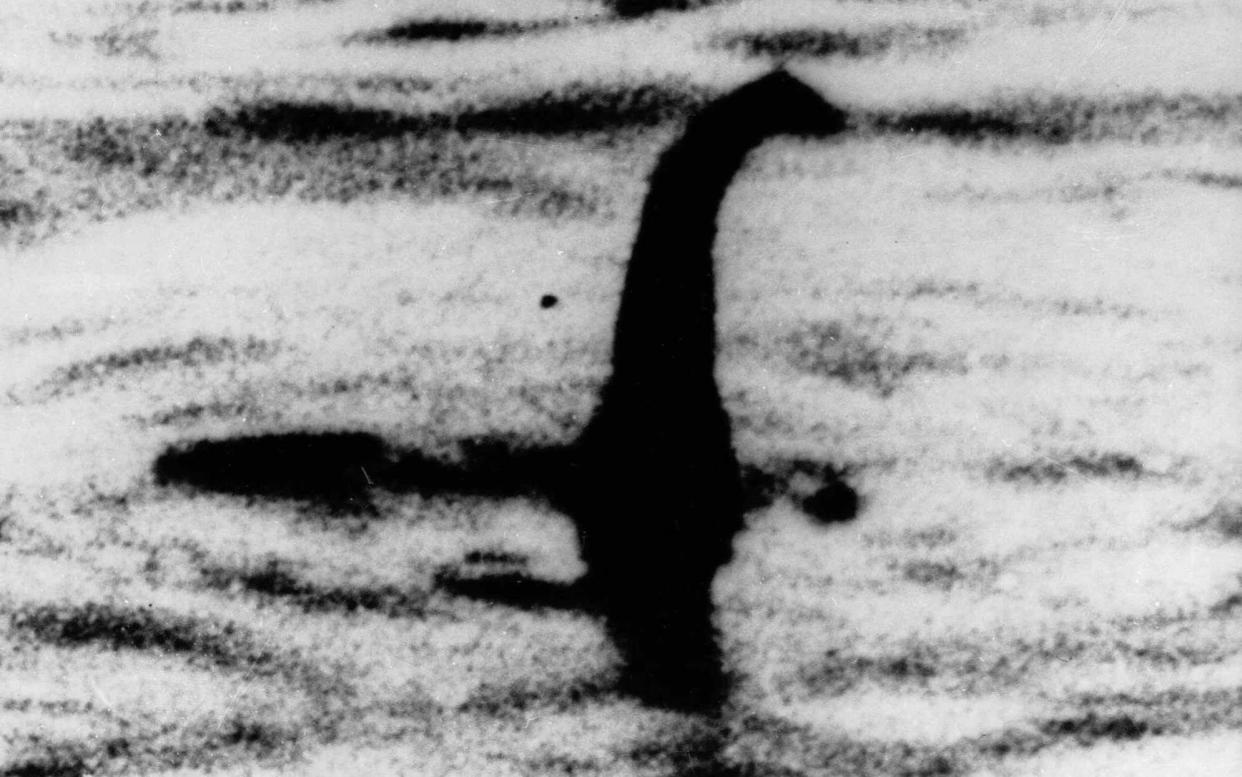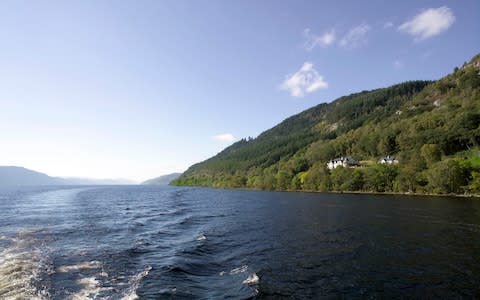Loch Ness monster is super sized eel, scientists say after carrying out first DNA analysis of lake

The Loch Ness Monster is not a prehistoric reptile, a shark or a catfish, but could be a giant eel, according to scientists who gathered DNA from the depths of the Highland loch.
Researchers from New Zealand extracted genetic samples from water at different depths all over the loch in a bid to establish what lives there.
The bad news for Nessie hunters is that they found no evidence of large animals and ruled out suggestions that the monster could be a prehistoric marine reptile called a plesiosaur.
The DNA also failed to support theories that a large fish, such a sturgeon or a catfish, could be lingering in the depths, or that a Greenland shark may be living in Inverness-shire.
However, the researchers did find a “very significant amount” of eel DNA. Juvenile eels, known as elvers, arrive in Scottish rivers and lochs after migrating more than 3,000 miles from the Sargasso Sea. Prof Neil Gemmell, a geneticist from New Zealand's University of Otago, said: "People love a mystery. We've used science to add another chapter to Loch Ness' mystique.

"We can't find any evidence of a creature that's remotely related to that in our environmental-DNA sequence data. So, sorry, I don't think the plesiosaur idea holds up based on the data that we have obtained.
"So there's no shark DNA in Loch Ness based on our sampling. There is also no catfish DNA in Loch Ness based on our sampling. We can't find any evidence of sturgeon either,
"There is a very significant amount of eel DNA. Eels are very plentiful in Loch Ness, with eel DNA found at pretty much every location sampled - there are a lot of them. So, are they giant eels?
"Well, our data doesn't reveal their size, but the sheer quantity of the material says that we can't discount the possibility that there may be giant eels in Loch Ness. Therefore we can't discount the possibility that what people see and believe is the Loch Ness Monster might be a giant eel.”
But the research failed to impress Steve Feltham a full time Nessie hunter who moved from Dorset to Loch Ness almost 30 years ago.
He told the BBC: "A 12-year-old boy could tell you there are eels in Loch Ness. I caught eels in the loch when I was a 12-year-old boy."
Gary Campbell, keeper of a register of Nessie sightings, said the tourism that has developed around the story of the monster would not be affected by the new study, adding: "The Loch Ness Monster has evolved into a world-wide icon.”
The story of the monster can be traced back 1,500 years 50 565AD when the Irish missionary St Columba was said to have encountered a beast in the River Ness.
However, the Inverness Courier only reported the first modern sighting of Nessie in the 1930s.

